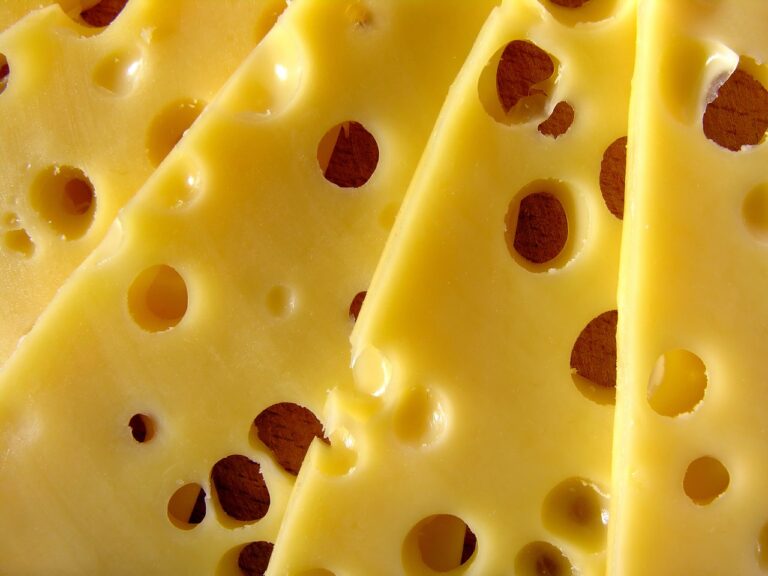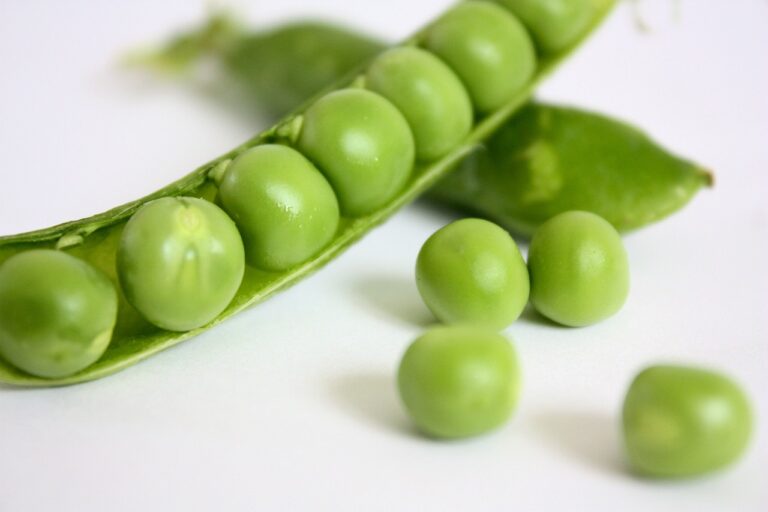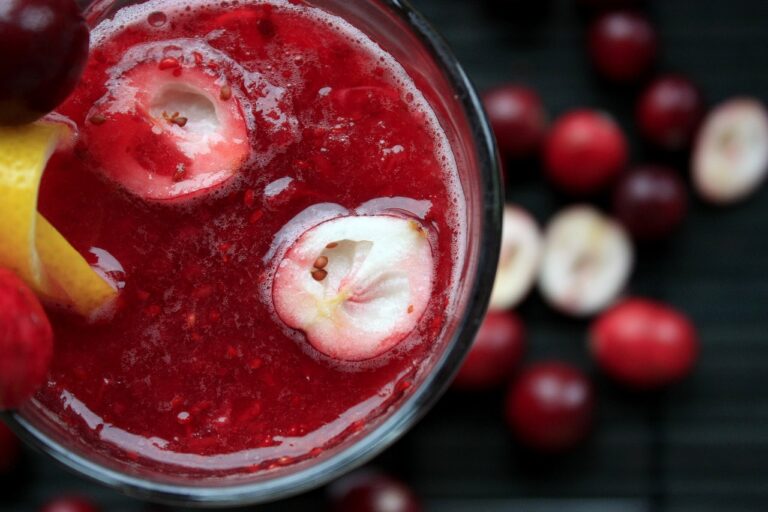10 Reasons Why You Are Craving Tuna

Tuna, a staple in many diets across the world, has more to it than meets the eye. Often, many individuals find themselves specifically craving this particular fish, wondering why this might be the case. This article seeks to uncover the myriad of reasons behind the tuna craving, providing insight into both the physiological and psychological triggers.
Why Am I Craving Tuna?
1. Nutritional Value
Tuna is packed with a variety of nutrients that the body often needs. From high-quality protein to essential fatty acids, this fish serves as a powerhouse for many of our dietary requirements.
Omega-3 fatty acids, in particular, play a vital role in maintaining heart health and cognitive function. When the body is lacking in these essential nutrients, it might signal a craving for foods rich in them, like tuna.
2. Unique Taste and Texture
Tuna possesses a distinct flavor and texture, different from many other types of fish. Its firm yet tender flesh and slightly sweet taste make it appealing to many.
Often, our bodies develop specific tastes based on our dietary habits and experiences. When one gets accustomed to such a unique profile, it can lead to frequent cravings for that particular food, in this case, tuna.
3. Emotional Connections
Many people have emotional ties to certain foods based on memories or experiences. Perhaps a family gathering often featured a tuna salad or maybe a memorable vacation involved a delicious tuna steak.
Such emotional connections can subconsciously drive us towards those foods during moments of nostalgia or when seeking comfort, leading to a tuna craving.
4. Dietary Restrictions
For those who limit their meat consumption, like pescatarians, the choices become narrower. Tuna, being a versatile and widely available fish, often becomes a go-to source of protein.
As a result, those on specific diets might crave tuna more frequently as it becomes a significant part of their food intake.
5. Influences from Media and Advertising
The power of advertising is undeniable. Seeing a tantalizing image of a tuna dish on a commercial or social media can instantly stimulate our appetite for it.
Such visual stimuli, especially when repeated, can embed the idea of consuming tuna in our minds, leading to heightened cravings.
6. Health and Diet Trends
With increasing awareness about the benefits of seafood and Omega-3s, many health-conscious individuals are turning towards fish like tuna.
Being part of health discussions, magazines, and diet plans, tuna becomes a sought-after food item. The more we hear and learn about its benefits, the more we might find ourselves craving it.
7. Natural Umami Content
Umami, often described as a savory taste, is one of the five basic tastes. Tuna, especially in its raw form as in sushi, is known to have this umami flavor.
This savory taste can be particularly enticing, making foods that contain it, like tuna, more crave-worthy.
8. Economic Accessibility
Tuna is available in various forms, from fresh steaks to canned variants, making it accessible to people with different budgets.
Because of its widespread availability and affordability, many incorporate it into their regular diets, which can subsequently lead to more frequent cravings.
9. Evolutionary Preferences
Our ancestors relied heavily on a diet rich in fish and seafood. Evolutionarily, our bodies might be wired to seek out such sources of nutrition.
While modern diets have diversified, some evolutionary preferences might still linger, leading us to occasionally crave fish like tuna.
10. Association with Well-being
Many people associate fish, especially tuna, with a healthy diet. Consuming tuna might evoke feelings of making a healthy choice or taking a step towards better well-being.
Such positive reinforcement can make one more inclined to crave and consume tuna frequently.
Craving A Tuna Sandwich
Craving a tuna sandwich can often be attributed to the body’s desire for a satisfying mix of protein and healthy fats, which tuna provides in abundance. The unique, savory taste of tuna combined with the textures of bread, lettuce, and other toppings creates a sensory experience that many find irresistible.
Additionally, the convenience and familiarity of a tuna sandwich may evoke comforting memories or associations, making the craving not just physical but also emotional. This combination of nutritional value, taste, and comfort makes a tuna sandwich a common craving for many people.
Craving Canned Tuna
Craving canned tuna can indicate a need for quick, convenient sources of protein and omega-3 fatty acids, which are essential for heart health and brain function. The ease of opening a can of tuna for a fast meal appeals to those with busy lifestyles seeking nutritious options.
Moreover, canned tuna’s distinct flavor and versatility in recipes, from salads to casseroles, make it a desirable food item. The craving might also stem from the body’s intuitive need for certain nutrients found abundantly in tuna, like selenium and vitamin D.
Craving Tuna And Eggs
Craving tuna and eggs together could signal the body’s demand for high-quality protein and a variety of vitamins and minerals. Eggs and tuna both offer a rich array of nutrients, including B vitamins, which are crucial for energy metabolism.
This combination can also provide a fulfilling meal that balances macronutrients, promoting sustained energy levels and satiety. Such cravings may be the body’s way of seeking out foods that support muscle repair, growth, and overall health.
Craving Tuna And Pickles
Craving tuna and pickles is likely a hunt for a flavorful experience that balances the savory taste of tuna with the tangy, crisp bite of pickles. This combination can satisfy desires for both protein and something with a strong, refreshing flavor profile.
Additionally, pickles offer a source of probiotics, which can be beneficial for gut health, and when paired with the nutrient-dense tuna, it makes for a healthful craving. The contrasting textures and tastes make this craving particularly appealing to those looking for a satisfying and slightly indulgent meal.
Craving Tuna During Period
Craving tuna during the period can be attributed to the body’s increased need for iron and omega-3 fatty acids, which can help manage menstrual symptoms. Tuna is a good source of both nutrients, which can help in replenishing iron levels lost through menstruation and reducing inflammation associated with cramps.
Moreover, the craving might reflect a broader need for more substantial, protein-rich foods during this time to help stabilize energy levels and mood. The body’s intuitive craving for tuna during the period can be seen as a natural way of seeking comfort and nutritional support.
Craving Tuna During Pregnancy
Craving tuna during pregnancy might stem from the body’s heightened need for omega-3 fatty acids, which are vital for the baby’s brain development. However, it’s important for pregnant women to balance this craving with awareness of mercury levels in certain types of tuna.
The desire for tuna could also indicate a need for more protein and essential nutrients that support both the mother’s and baby’s health during pregnancy. This craving should be managed with moderation and guidance from healthcare providers to ensure both safety and nutritional adequacy.
Craving Tuna Mayo
Craving tuna mayo often signals a desire for the creamy, comforting texture that mayonnaise adds to the lean protein of tuna. This combination satisfies both the need for fats and proteins, making it a fulfilling meal option.
The craving could also be linked to the simplicity and nostalgia of classic tuna mayo sandwiches or salads, evoking a sense of comfort and satisfaction. It’s a craving that merges nutritional needs with the psychological comfort found in familiar, easy-to-prepare dishes.
Craving Tuna Pasta
Craving tuna pasta could be the body’s way of seeking a balanced meal that combines carbohydrates, proteins, and fats. Pasta offers quick energy in the form of carbohydrates, while tuna provides lean protein and healthy fats, making for a satisfying and nutritious meal.
This craving might also reflect a desire for the comforting, hearty qualities of pasta dishes, enhanced by the flavorful addition of tuna. The combination of textures and flavors in tuna pasta dishes can fulfill a range of dietary needs and taste preferences.
Craving Tuna Salad
Craving tuna salad might indicate a desire for a light, nutritious meal that combines the health benefits of tuna with the freshness of various vegetables. Tuna salad can satisfy cravings for crunchy textures and a mix of flavors, alongside the need for protein and essential nutrients.
This craving could also be a body’s way of seeking hydration and vitamins through the vegetables in the salad, along with the omega-3 fatty acids from the tuna. It’s a craving that aligns with a desire for meals that feel both healthful and indulgent.
Sudden Craving For Tuna
A sudden craving for tuna can arise from an immediate nutritional deficiency, such as a lack of protein or omega-3 fatty acids in one’s diet. It might also signal a sudden shift in mood or stress levels, where the body seeks the comforting and satisfying qualities of tuna.
Furthermore, the craving could be influenced by external factors such as a memory triggered by the smell or sight of tuna, leading to an instant desire to consume it. Sudden cravings are often the body’s way of communicating its immediate needs or desires, whether for nutritional content or emotional comfort.
Vegan Craving Tuna
A vegan craving tuna might be experiencing a desire for nutrients commonly associated with fish, such as omega-3 fatty acids, protein, or vitamin B12. This craving could indicate the body’s search for alternatives that satisfy nutritional needs within the constraints of a vegan diet.
It might also stem from psychological factors, such as memory or the sensory aspects of eating tuna before adopting a vegan lifestyle. To satisfy this craving, vegans might seek out plant-based alternatives that mimic the texture and flavor profile of tuna, ensuring they meet their nutritional and psychological needs without compromising their dietary choices.
Conclusion
Craving tuna, as it turns out, isn’t just a random whim. From nutritional needs to emotional connections, various factors can drive this specific desire. Recognizing the reasons can not only help satiate the craving more effectively but also enhance our understanding of our body’s signals and needs. Whether it’s for the umami flavor, the Omega-3s, or a comforting memory, tuna holds a special place in many of our diets.






